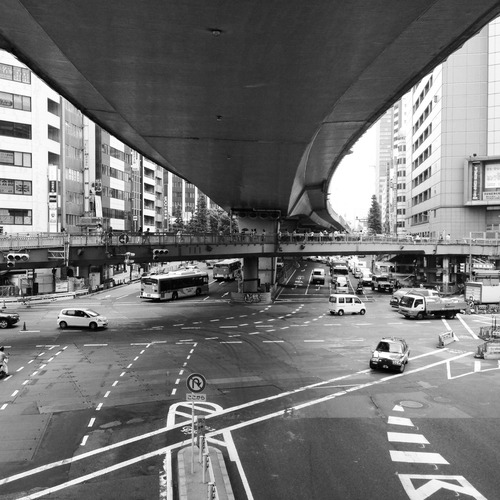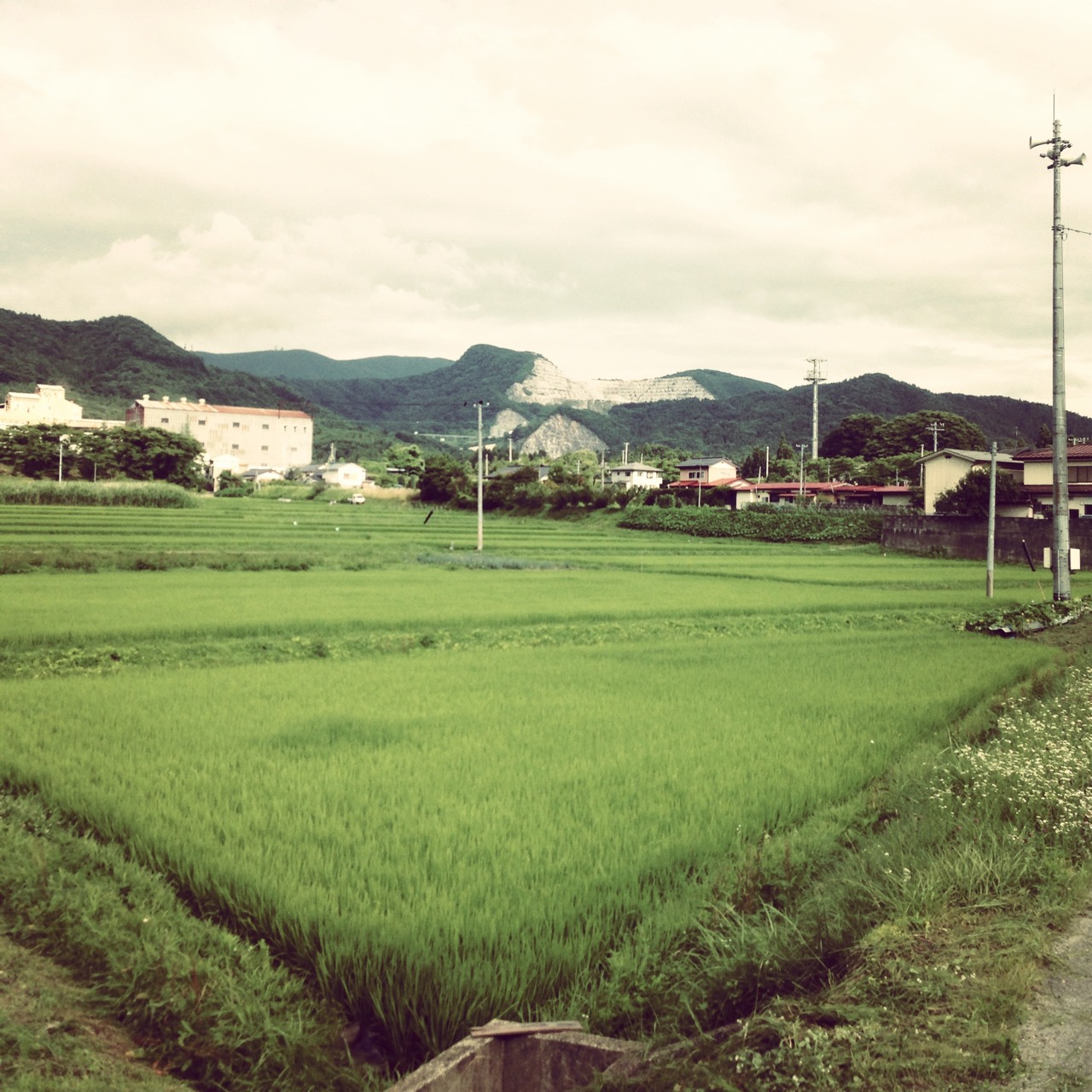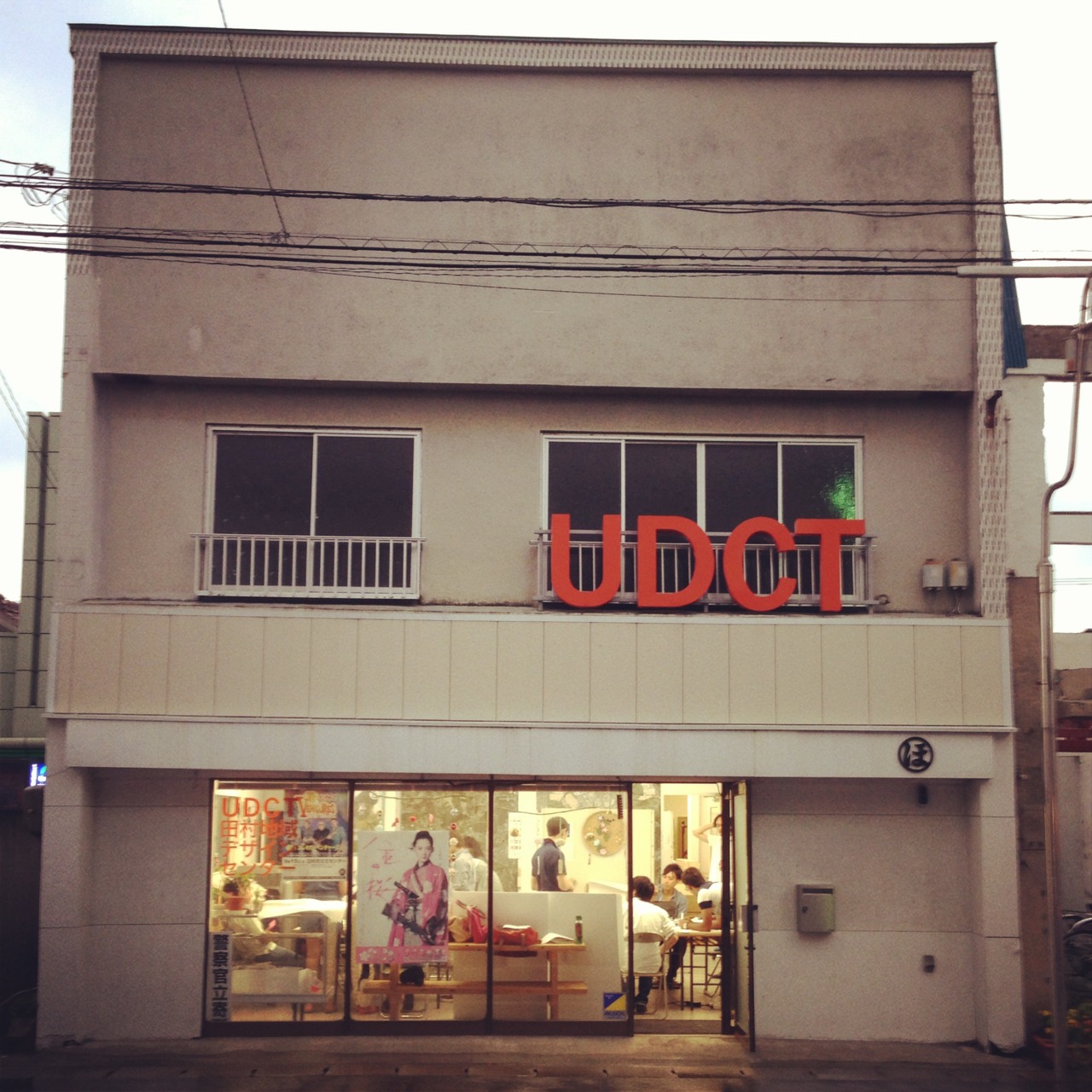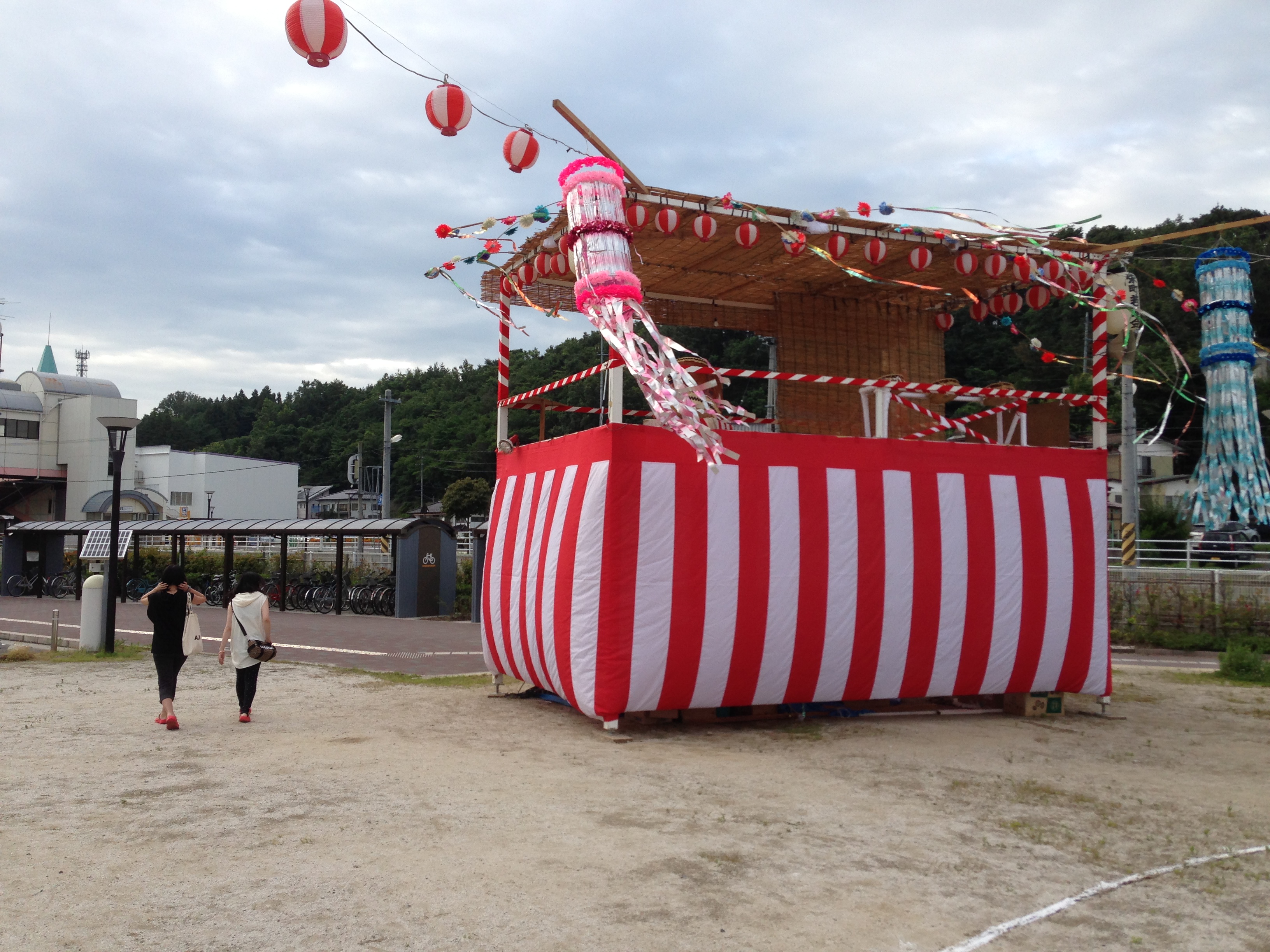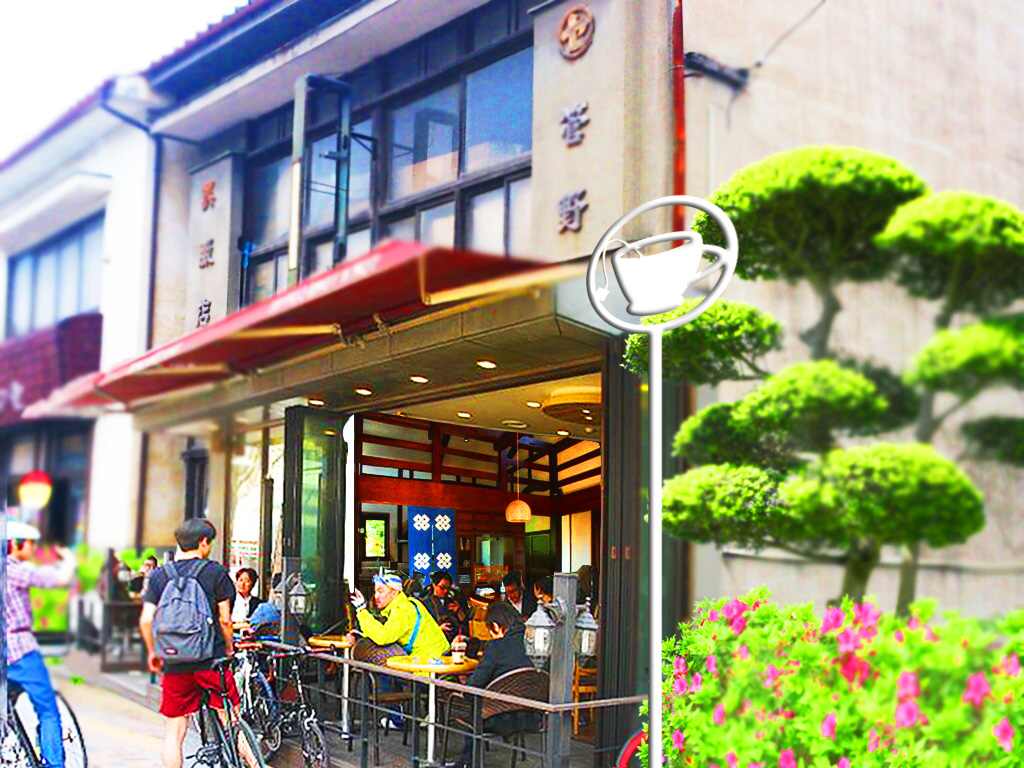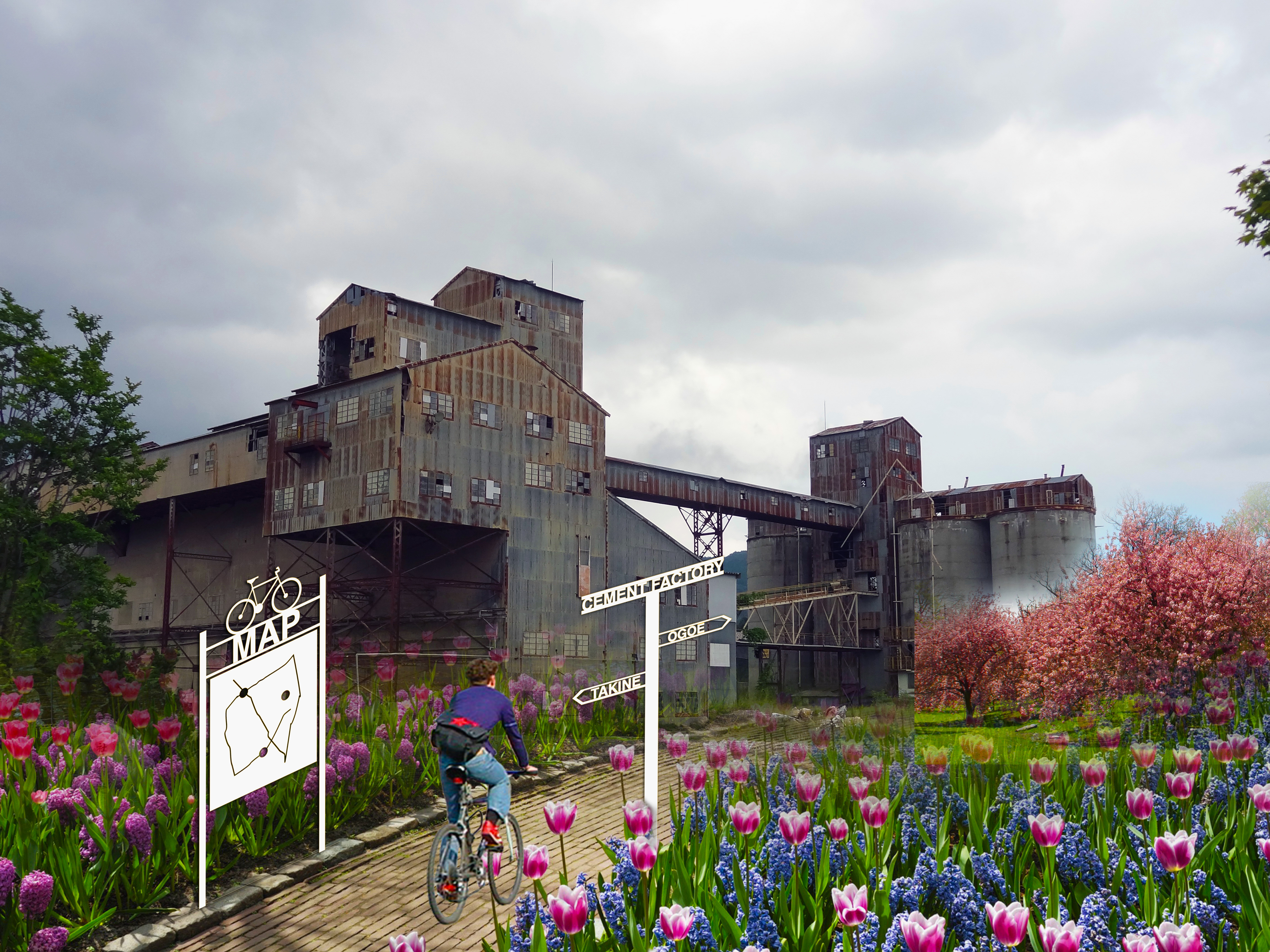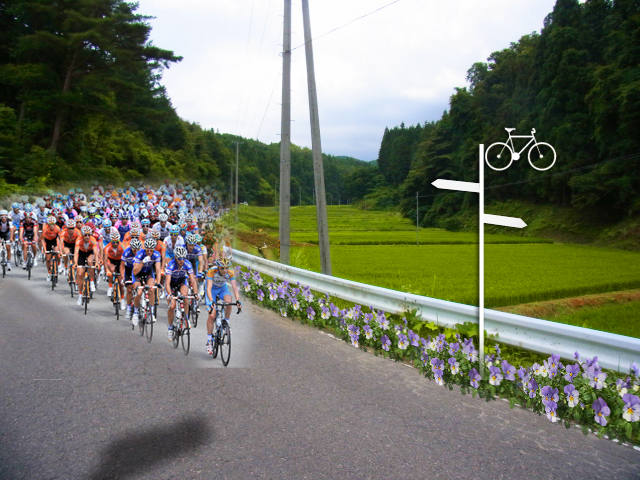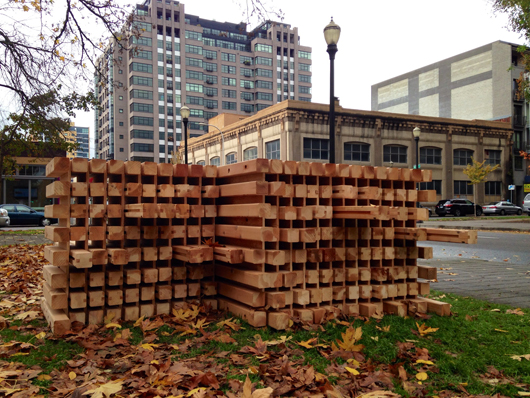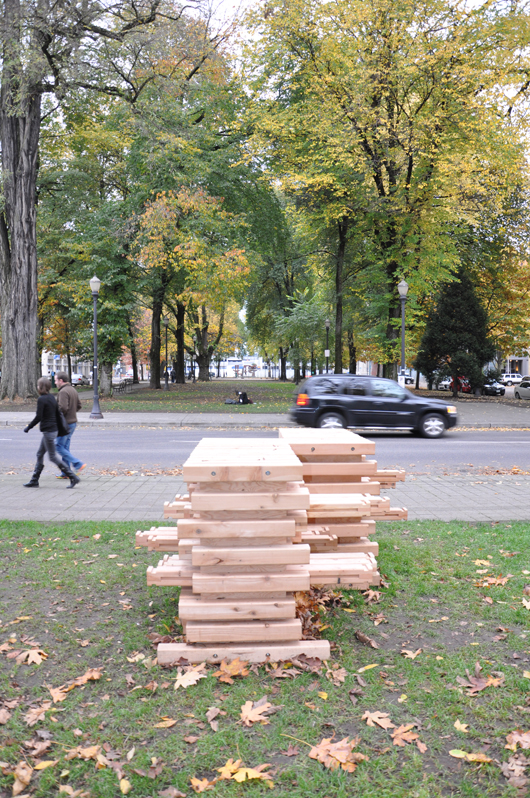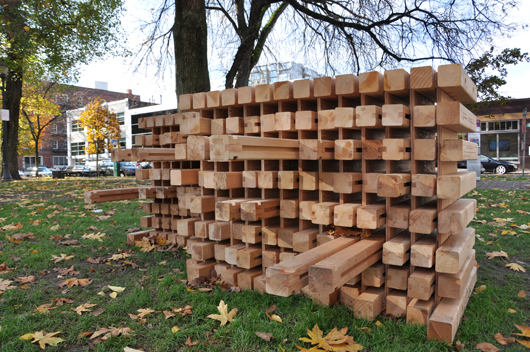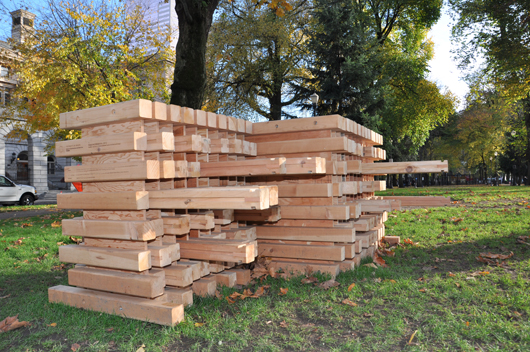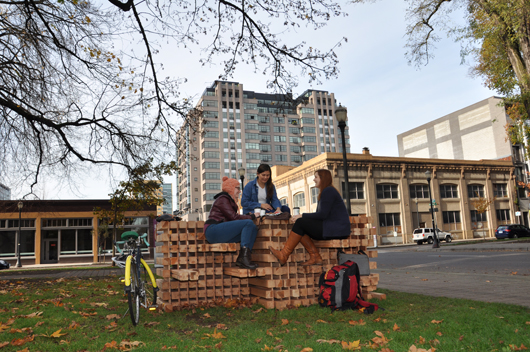PUARL Third International Conference | Portland, Oregon | November 1-3, 2013
View the Photo Essay by Tim Niou
Content from PUARL
After the successful completion of the first two International PUARL Conferences at the University of Oregon in Portland in the Fall of 2009 and 2011, the Portland Urban Architecture Research Laboratory, PUARL, announced the 2013 biennial conference titled “Battle for the Life and Beauty of The Earth.” The 2013 Conference focused on problems and issues that populations are facing in urban environments and buildings throughout the world today. The conference took place in Portland, Oregon in the Fall of 2013, November 1-3, in cooperation with the Collaboration for Inclusive Urbanism, CIU.
Taken from the title of the new book by Christopher Alexander, Hans Joachim Neis, and Maggie Moore Alexander, this year’s conference focused on the variety of ways in which urban environments and urban buildings, as well as their design and production, can support life, beauty, and wholeness, in addition to confronting the challenges implicit in attaining these goals. Life as a complex web of relationships, as an emergent process over time, and as a human feeling was discussed in terms of complexity theory, pattern theory, ecology, sustainability, and landscape to address contemporary discourses and debates in environmental design, urban design, and urban architecture.
The three main themes that were emphasized in this conference:
- Inclusive Urbanism & the Ecosystems of Cities
- Building Production for a More Beautiful & Resilient World
- (Re)Generative and Emergent Processes
INCLUSIVE URBANISM & THE ECOSYSTEMS OF CITIES
Understanding of urban environments must begin with the understanding that they are most successful when they represent diverse and resilient ecosystems. The urban challenge of this age must include questions about social equity and urban inclusivity. How can we promote diversity and enfranchise underrepresented groups in the ecology and processes of cities? From the Collaboration for Inclusive Urbanism, www.inclusiveurbanism.org, “The role of the city is to provide the contexts that invite people to realize their social, personal, and economic aspirations. This invitation should be available to all.”
BUILDING PRODUCTION FOR A MORE BEAUTIFUL & RESILIENT WORLD
If cities themselves are the organic product of human need, what is the process by which the production of the physical structures of buildings, neighborhoods, parks, and urban landscapes support and augment urban life? What are the building processes that create neighborhoods, urban landscapes and buildings that are resilient and alive within themselves and that support those all- important intangibles of life and beauty – the life worth living. Papers in this category will address the question of how we produce life- supporting buildings, complexes, neighborhoods and communities for all people, especially the 93% of the world.
(RE)GENERA TIVE AND EMERGENT PROCESSES
Strong ecosystems form a complex and complete web of relationships that emerge and change over time. Generative process explores the world as an emergent process at several levels of scale and with regard to different modes, and regenerative process does the same for recurring cycles of growth and re-growth. These modes include elements of but are not limited to physical, artistic, musical, and sociocultural as well as economic themes. We ask: how can generative and emergent processes as well as (re)generative (urban) design help to solve some of the current urban challenges that we face in our cities, neighborhoods, streets and parks? What are the methods, ideologies, and vocabularies that can support the creation of built environments that are complex, complete, diverse, resilient, and emergent over time?
The 2013 PUARL schedule included presentations by:
Johann Jessen PUARL Lecture: Challenges for Reurbanization in German Cities
A. INCLUSIVE URBANISM & THE ECOSYSTEM OF CITIES
Howard Davis Keynote – Makers in Cities: the Architecture of Urban Production
Michael Garrison Two Primary Schools in Central East Africa Based on Indigenous Sustainable Design
Greg Bryant Referendum on Urban Life: A City Stops Development-As-Usual
Michael Tavel The Culture of Sustainable Urbanism
Robert Walsh The Lovable City: Thomas Mawson’s Civic Art (1911) Applied to Contemporary Urbanism
Regan Greenhill 7@ Public Amenities in Barcelona’s 22@ Information District
B.D.Wortham-Galvin Contingent Urbanism: when tactics are the strategy
Gabriel Brown, Howard Davis, Hajo Neis Old Town/Chinatown Research and Studio
B: BUILDING PRODUCTION FOR A MORE BEAUTIFUL & RESILIENT WORLD
Stephen Duff Keynote – Significant Details: Design & Construction Processes in Four Design-Build Apprenticeship Projects at the University of Oregon
Sergio Palleroni Keynote – Public Interest Design
Aysun Ozkose Ecological Homes for a More Beautiful & Resilient World at the Event Room
Kyriakos Pontikis Eco-Humane Design
Christopher Robin Andrews Architectural Ornament in Haitian Culture
Ayesha Batool The Resilient Existence of External Perforated Solar Screens In Islamic Architectural Environments
Tom Kubala Toward Carbon Neutral Operation
C: (RE)GENERATIVE AND EMERGENT PROCESSES
Masami Kobayashi Keynote – Fukushima Workshop Summer 2013
Greg Bryant Christopher Alexander’s Dialogue with the Computer Industry
Doug Schuler The Surprising Power, Vitality, and Potentiality of Examining the “Dark Side:” The Collaborative Production of an Anti-Pattern Language in an Educational Setting
Takuma Ono (Re)generative and Emergent Processes
James Miller Resilience Found Through Human Processes in Post-Disaster Haiti
Michael Mehaffy Changing the “Operating System for Growth:” Diversity, Resilience, Beauty
Takashi Iba Making a Movie: A Pattern Language
Yodan Rofe & Kyriakos Pontikis Sketching a Sustainable Form Language for a Neighborhood
Ross Chapin Pocket Neighborhoods and the Scale of Sociability
Peter Baumgartner Patterns in Education and Architecture
About the Portland Urban Architecture Research Laboratory
The Portland Urban Architecture Research Laboratory, PUARL, seeks to promote wholeness and sustainability in the urban and architectural design process by conducting basic and applied research in addition to working on practical urban and architectural projects both within the region and internationally. PUARL provides a platform for the exchange of ideas and the discussion of research and professional practice for scholars, academics, and professionals both through their work and the organization of international conferences and symposia. Topics of interest include urban sustainability and wholeness, generative process, pattern languages, living architecture, complexity theory, emergence and unfolding, and the nature of order. PUARL is intent on continuing to advance these fields of investigation and influence the conduct of architecture and urban design worldwide by providing and encouraging an interdisciplinary approach to critical and relevant topics across fields and throughout the world. puarl.uoregon.edu
About the Collaborative for Inclusive Urbanism
The working premise of the Collaborative for Inclusive Urbanism, CIU, is that inclusive cities are both more affluent and more socially just. Inclusive cities are more affluent because they mobilize and enable a wider spectrum of people and talents than a city in which some of those human resources are marginalized. They are more socially just because by including the otherwise marginalized in the productive activities and opportunities of the city, inclusive cities offer better access to pathways for social and economic betterment. Inclusiveness works against gentrification, and its shadow: urban decay. It works against dividing the city into ghettoes. It does not mean freezing growth or preventing redevelopment; rather, the opposite—encouraging more sustainable, prosperous, widespread growth and development by avoiding exclusivity, dislocation and the heavy, often ignored costs they carry. The role of the city is to provide the contexts that invite people to realize their social, personal, and economic aspirations. This invitation should be available to all. In the service of this goal, we carry out research and develop innovative ideas that lead to designs, policy recommendations, and experiments in practice. www.inclusiveurbanism.org





